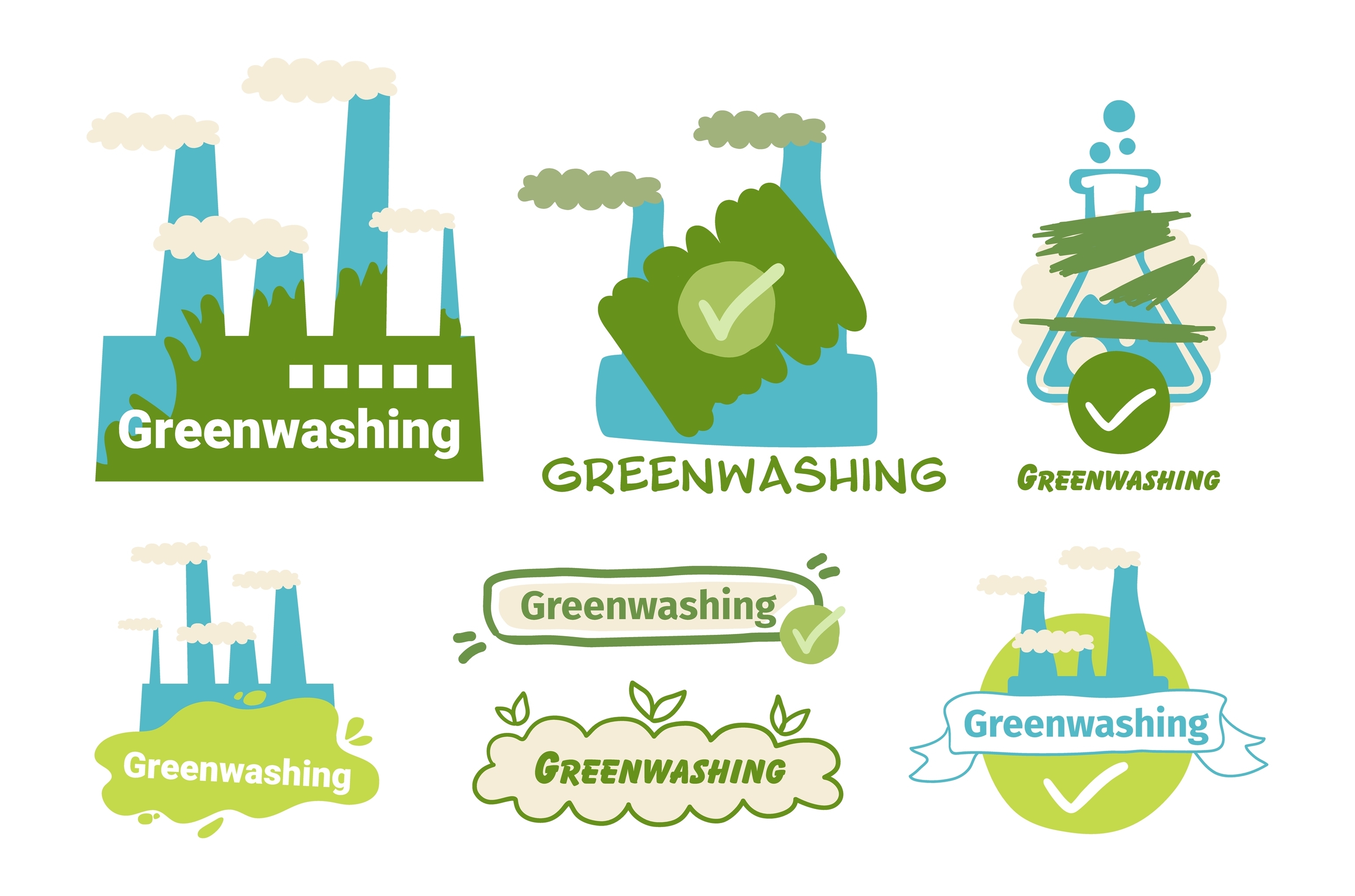In today’s digital landscape, children are spending more time than ever on mobile devices. For game developers and marketers, this presents both an opportunity and a responsibility. While the children’s mobile game market continues to grow exponentially, promoting these games requires a delicate balance between effective marketing and ethical practices that prioritize child safety.
This article explores how public relations professionals can effectively promote mobile games for kids while emphasizing safety features, building trust with parents, and ensuring compliance with regulations. By following these guidelines, you’ll develop PR strategies that resonate with both children and their parents – the ultimate decision-makers in the purchasing process.
PR Overview
- Understanding the Stakes in Children’s Game Marketing
- Highlighting Parental Controls and Safety Features
- Selecting Kid-Friendly Platforms and Partners
- Creating Valuable Resources for Parents
- Addressing Privacy and Data Protection Concerns
- Building Ongoing Trust Through Monitoring and Engagement
- Case Study: Success Through Safety-First PR
- Practical Implementation: Your PR Safety Checklist
- Conclusion: Safety as a Competitive Advantage
Understanding the Stakes in Children’s Game Marketing
Marketing mobile games to children carries unique challenges. Parents are increasingly concerned about screen time, data privacy, and the content their children consume. According to recent research, 76% of parents worry about their children’s data being collected through mobile games, and 82% consider robust parental controls a deciding factor when approving game downloads.
These concerns mean PR professionals must go beyond traditional marketing approaches. Your communications strategy should address parental concerns head-on while still creating excitement among your young target audience.
Highlighting Parental Controls and Safety Features
Essential Control Features Worth Promoting
When developing PR messaging for kids’ games, parental controls should be front and center. The most effective campaigns highlight:
- Time Management Tools: Features that allow parents to set daily time limits and schedule when games can be played
- Content Filtering Options: Systems that ensure age-appropriate content and prevent exposure to inappropriate material
- Communication Controls: Tools that limit or monitor in-game chat functions and interactions with other players
- Purchase Restrictions: Safeguards that prevent unauthorized in-app purchases
Crafting Messages That Resonate with Parents
Your PR messaging should balance reassurance with education. Rather than burying safety features in technical documentation, make them central to your communication strategy:
“Our game is designed with your child’s safety as our top priority, featuring intuitive parental controls that put you in charge of screen time, content, and communication.”
“We believe learning should be safe and fun. That’s why [Game Name] includes robust safety features that give parents peace of mind while children explore and enjoy.”
Success Stories Worth Emulating
Some of the most successful PR campaigns for children’s games have made safety their central theme. For example, when PBS Kids launched their mobile games platform, their PR campaign centered on the tagline “Safe Play Every Day” and included tutorials for parents on utilizing safety features. The campaign resulted in over 1 million downloads in the first month and exceptionally high parent satisfaction ratings.
Similarly, when Disney updated their mobile gaming suite with enhanced parental controls, they hosted virtual parent workshops demonstrating the features, generating positive press coverage across parenting blogs and mainstream media.
Selecting Kid-Friendly Platforms and Partners
Trusted Platforms for Game Promotion
When promoting games for children, choosing the right platforms significantly impacts both reach and trust. Consider these kid-friendly channels:
- Children’s Programming Networks: Partnerships with digital properties of networks like PBS Kids, Nick Jr., and Disney Junior
- Educational Platforms: Collaborations with educational technology providers and school-approved app collections
- Parenting Media Outlets: Feature coverage in publications like Parents Magazine, Common Sense Media, and Family Fun
- Kid-Safe Content Aggregators: Platforms like YouTube Kids and kid-safe streaming services
Selecting Partners with Strong Safety Reputations
When evaluating potential promotional partners, consider these criteria:
- Safety Track Record: Partners with established child safety protocols and positive parental feedback
- Audience Alignment: Platforms that reach both children and parents in your target demographic
- Content Guidelines: Partners with strict content standards that align with your game’s values
- Brand Compatibility: Organizations whose mission and values complement your game’s purpose
Effective Collaboration Strategies
Once you’ve identified suitable partners, implement these collaborative approaches:
- Co-Created Content: Develop educational videos or guides that highlight both your game’s features and the partner’s expertise in child development or online safety
- Joint Events: Host virtual or in-person workshops for parents and children that showcase your game’s educational value and safety features
- Influencer Partnerships: Collaborate with family-friendly content creators who can authentically demonstrate your game’s benefits and safety features
- Educational Webinars: Partner with child development experts to discuss healthy gaming habits, featuring your game as an example
Creating Valuable Resources for Parents
Parent-Focused Educational Materials
Developing downloadable resources for parents builds trust and demonstrates your commitment to child safety. Consider creating:
- Setup Guides: Step-by-step instructions for installing and configuring parental controls
- Screen Time Management Tools: Templates for creating healthy media consumption schedules
- Safety Checklists: Easy-to-reference lists of recommended safety settings
- FAQ Documents: Answers to common parental concerns about mobile gaming
- Age-Appropriate Gaming Guides: Resources helping parents understand what features and content are suitable for different age groups
Content Creation Best Practices
When developing these resources:
- Use clear, jargon-free language accessible to all parents, regardless of technical expertise
- Include visual elements like screenshots and diagrams to illustrate setup processes
- Offer customizable templates that parents can adapt to their family’s needs
- Translate materials into multiple languages to reach diverse communities
- Update resources regularly to reflect new features and emerging safety considerations
Distribution Strategies
Make these resources easily accessible through:
- A dedicated “For Parents” section on your game’s website
- In-app access to resources from the parental control dashboard
- Email sequences for new users focusing on safety setup
- Social media campaigns highlighting available resources
- Partnerships with parenting organizations for wider distribution
Addressing Privacy and Data Protection Concerns
Understanding Relevant Legislation
PR professionals must understand and clearly communicate compliance with regulations protecting children’s data:
- COPPA (Children’s Online Privacy Protection Act): Restricts data collection from children under 13 in the United States
- GDPR-K (General Data Protection Regulation – Kids): Provides enhanced protection for children’s data in Europe
- CCPA (California Consumer Privacy Act): Includes special provisions for minors’ data in California
- Age Appropriate Design Code: UK legislation requiring digital services to prioritize children’s best interests
Transparent Communication About Data Practices
Effective PR messaging regarding data practices should:
- Clearly explain what data is collected and why in simple, accessible language
- Detail how the game protects children’s personal information
- Outline parental consent processes and opt-out options
- Highlight any third-party certifications or audits of privacy practices
Handling Privacy Concerns and Controversies
When privacy concerns arise:
- Respond Promptly: Address issues immediately with clear, fact-based information
- Provide Context: Explain the purpose behind any data collection practices
- Take Responsibility: If mistakes occur, acknowledge them openly and detail corrective measures
- Implement Improvements: Use feedback to enhance privacy protection and communicate these improvements
A children’s game developer who faced criticism for collecting location data successfully navigated the controversy by immediately updating their privacy policy, implementing additional safeguards, and launching a transparent communication campaign explaining the changes to parents.
Building Ongoing Trust Through Monitoring and Engagement
Tracking Parental Sentiment
Implementing robust monitoring systems helps maintain trust through:
- Social Listening Tools: Platforms like Hootsuite, Sprout Social, or Brandwatch to track mentions and sentiment
- App Store Review Analysis: Regular review of parent feedback on distribution platforms
- Parental Surveys: Periodic feedback collection through in-app questionnaires or email
- Focus Groups: Regular sessions with parents to gather qualitative feedback
Best Practices for Engaging with Parents
When interacting with parents:
- Respond Promptly: Address concerns within 24 hours, showing that parent feedback is valued
- Provide Solutions: Offer specific solutions rather than generic responses
- Personalize Communication: Acknowledge the specific concern and tailor your response accordingly
- Follow Up: After resolving issues, check back to ensure continued satisfaction
Proactive Communication Strategies
Build trust through proactive approaches:
- Regular Safety Updates: Communicate new safety features and improvements before parents have to ask
- Seasonal Safety Reminders: Time communications around school breaks when game usage may increase
- Transparency Reports: Consider publishing reports on safety incidents and resolutions
- Parent Ambassador Programs: Develop programs for engaged parents to provide feedback and test new features
Case Study: Success Through Safety-First PR
When educational game developer KidSmart launched their new math adventure game, they took a safety-first approach to PR that yielded impressive results:
- Pre-Launch: They partnered with digital safety experts to develop comprehensive parental controls and created an advisory board of parents and educators.
- Launch Campaign: Rather than focusing solely on the game’s fun elements, their PR messaging highlighted “Safe Learning Adventures” with equal emphasis on educational content and safety features.
- Parent Resources: They developed a “Parent Dashboard” mobile app that complemented the game, allowing real-time monitoring and easy control adjustment.
- Partnership Strategy: They collaborated exclusively with platforms and influencers with strong safety reputations, avoiding those with any history of controversial content.
- Ongoing Engagement: They implemented monthly “Safety Update” newsletters and parent feedback forums, incorporating suggestions into regular updates.
The results? KidSmart achieved 2.8 million downloads in six months with a 4.8/5 parent satisfaction rating and received commendations from digital safety organizations. Most importantly, they established their brand as a trusted name in children’s mobile gaming.
Practical Implementation: Your PR Safety Checklist
When developing your PR strategy for children’s mobile games, ensure you:
- Make safety features central to your messaging, not an afterthought
- Develop clear, accessible resources specifically for parents
- Partner exclusively with platforms and influencers that prioritize child safety
- Maintain transparent communication about data practices and privacy protections
- Implement robust monitoring systems for parent feedback
- Respond promptly and constructively to concerns
- Regularly update safety features based on feedback and evolving best practices
Conclusion: Safety as a Competitive Advantage
In the growing market of children’s mobile games, safety-focused PR isn’t just an ethical choice—it’s a business advantage. Parents are the ultimate gatekeepers for children’s apps, and they increasingly favor developers who demonstrate a genuine commitment to child wellbeing.
By implementing the strategies outlined in this article, PR professionals can effectively promote children’s mobile games while building lasting trust with parents. This approach leads not only to initial downloads but also to long-term brand loyalty and positive word-of-mouth among parent communities.
In an age where digital safety concerns dominate headlines, positioning your game as a safe harbor in the digital playground isn’t just good ethics—it’s good business.
Build a Clean Beauty Brand with Proven Transparency
The clean beauty market has moved past aspirational buzzwords and into a new era of...
Communicating ESG Without Greenwashing
The gap between what companies promise on sustainability and what they actually deliver has never...
How Blockchain Storytelling Differentiates Brands in Tech Marketing
Most blockchain protocols fail because they sound identical. When every DeFi platform promises...




